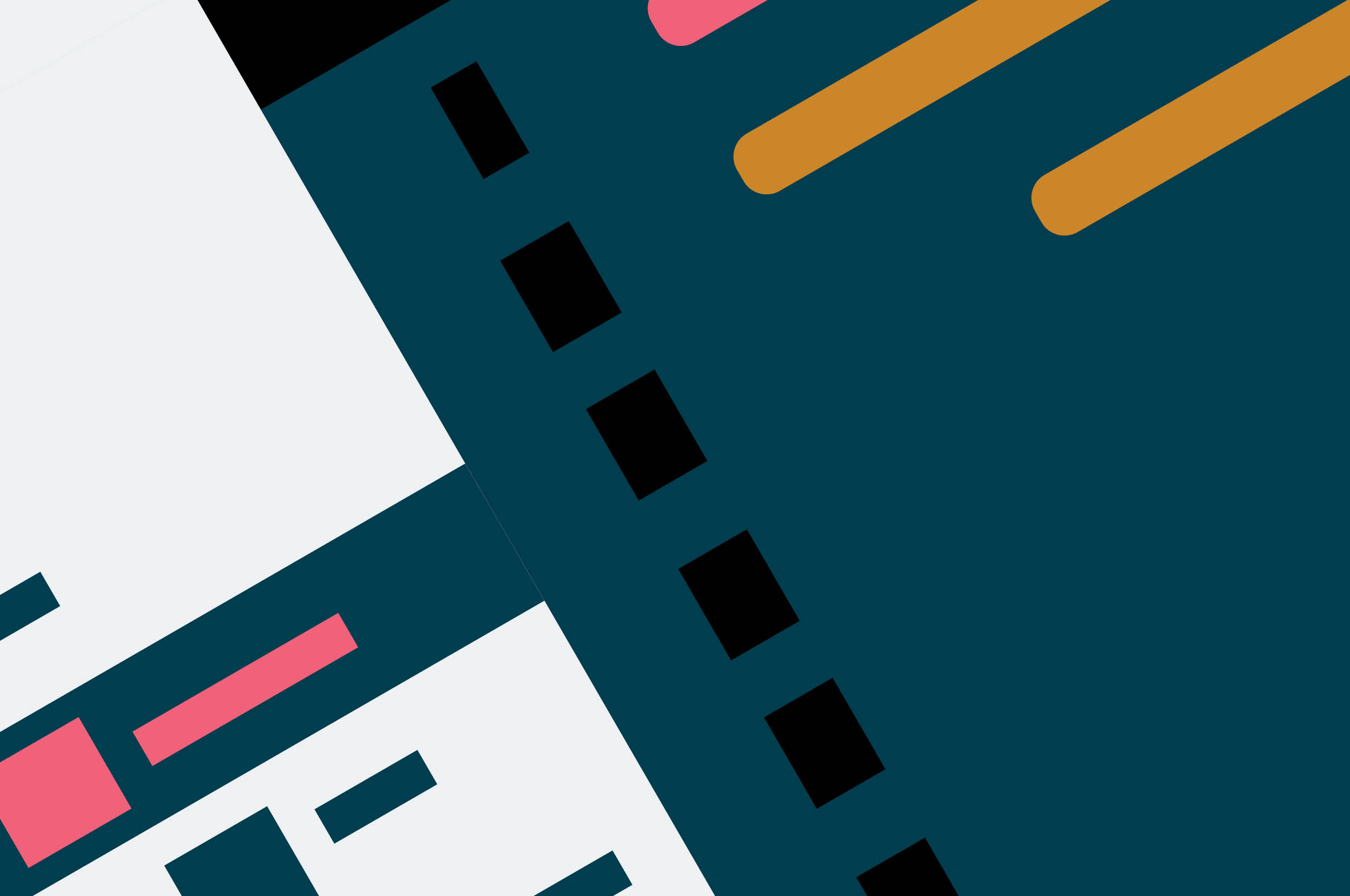The barriers to access vital services have always been greater for Australia’s multicultural communities, but the miscommunication of vital health information has undoubtedly contributed to higher COVID-19 infection rates in culturally and linguistically diverse (CALD) communities. In August 2021, a western Sydney doctor voiced a frustration felt by many on the frontline: between one-third and half of their consultations need to be conducted with an interpreter. With public health orders constantly changing, it is becoming increasingly difficult for multicultural communities to keep up with current information.
Over 300 languages are spoken in Australia, and over 20% of people speak a language other than English at home. So let’s think about what this means in a busy emergency department, GP surgery, vaccination hub or COVID testing centre. Time is of the essence, and translators are in short supply so it’s not surprising that many doctors have turned to Google Translate for help. But even this has its limitations. Privacy is a concern — the platform will likely pick up personally identifiable information such as birth dates. There are also complicated medical terms that don’t translate clearly.
The difficulties of communicating medical information in multicultural societies isn’t new. In 2019, the challenge of improving access to vital health information was presented to us when we were asked to provide a proof of concept for a government health department. Since then, we’ve seen how many more scenarios could benefit from this solution.
Piloting a new tool for real-time translation
Thoughtworks’ Data and AI Practice examined how Natural Language Processing (NLP) could be used to create an automated translation service for clinical healthcare settings. NLP technology processes spoken or written language to enable conversations that feel natural — whether that’s text-based, speech-based, or a mix of both. It works with chatbots and digital assistants and can also be used to automate translation. NLP has evolved in recent years to support greater linguistic complexity, generating more realistic and accurate text.
For this proof of concept, we saw NLP’s potential to create a better patient experience by enabling a two-way conversation in English and a second language. By focusing on user experience, accommodating the limits of accuracy, and securing personal data, we ensured the solution was intuitive for medical staff under pressure. Plus, it would give them an indication of confidence in the output - reducing the risk of miscommunication.
Within six weeks, we had built and tested a solution built on commercial versions of the familiar Google Translate service. We also leveraged other translation platforms where appropriate, for more comprehensive coverage of target languages.
Custom enhancements included:
Back-translation loop - by translating the translation back into the original language, users could check if the meaning had been changed.
Low confidence translation alert - warning banners could alert users if the translation’s built-in accuracy score was below a certain level.
Converting medical terms into simple words - we tested the use of a comprehensive medical dictionary.
Complex language alert - users were also advised if they input overly complex terminology that could be difficult to understand.
Using rapid prototyping and an agile, user-driven approach, we were able to quickly identify and discard infeasible solutions. Some enhancements proved more effective than others. Translating medical terms proved more difficult than expected for example — even a relatively simple word like 'fasting' could be misinterpreted as 'going faster'. The medical term conversion was discarded as it was potentially misleading.
A scalable solution for emergency response
When customized with agile UX-driven approaches, this technology has many other potential applications outside a face-to-face clinical setting. For example, translating written public health information — online or on posters — has been a major challenge for the government during its response to the pandemic.
We learned that lesson early on. In May 2020, the National COVID-19 Health and Research Advisory Committee told the Australian Government ad-hoc communication meant migrants were less likely to receive public health information — increasing their risk of contracting and transmitting the virus without knowing. Once the Victorian government realized the link between linguistic diversity and infection, it sent public health officials door to door to deliver health messages. Through a similar approach in Indigenous communities, Victoria was also leading the country in Indigenous vaccination rates in August 2021.
Direct, personal community engagement is certainly an important part of the solution, but it is not sustainable in emergency situations. Any lag in information creates conditions for heightened anxiety, greater reliance on non-official sources of information and general confusion. With daily changes, how do you keep all communication channels in sync and in all major community languages? Artificial intelligence is a key enabler for managing complex data at this scale.
Beyond written updates, NLP universal translation services can also enable self-service chatbots to answer common questions in multiple languages and assist overwhelmed government call centres to triage enquiries based on call intent, hotspots, and other priorities. Bot performance can be continually improved through training across a wider range of questions and sentiment data.
Overcoming linguistic exclusion
NLP translation also has the potential to solve a much broader issue, and one that is part of the UN’s Sustainable Development Goals: social exclusion. In 2019, the Inclusive Australia Social Inclusion Index found social exclusion affects 6.7 million people and costs the Australian economy $45 billion each year. Language acts as a gatekeeper to inclusion — without clear and accessible translation, it restricts access to education, health services, and legal protection as well as other vital government services.
For example, the Royal Commission into Victoria’s Mental Health system found the main access barriers were challenges faced by people who do not speak or read English well — especially in getting timely interpreting and translation services. New and emerging communities are generally most in need of support with health literacy and navigating mental healthcare systems.
The communication gap between health professionals and Indigenous Australians also has a significant impact on health outcomes. As part of Thoughtworks’ social justice program, we developed an open-source framework called Jila. It allows communities with endangered languages to build apps to help preserve their culture — starting with the Yawuru Ngan-ga language app from the Yawuru community of Broome, Western Australia.
The potential use cases for NLP universal translation services are limitless. We need to act now to better prepare for future emergencies, and to do more to consult with CALD communities to bridge those language and cultural gaps. This cannot be achieved in isolation, or with an ad hoc approach.
At Thoughtworks, we are committed to working in a collaborative partnership to help government agencies and service providers develop clear communication in all relevant community languages. By continually experimenting and applying what we have already learned, we can make the most of the technology that already exists — and create more intuitive solutions that ensure greater access and inclusion for all Australians.
Disclaimer: The statements and opinions expressed in this article are those of the author(s) and do not necessarily reflect the positions of Thoughtworks.


















